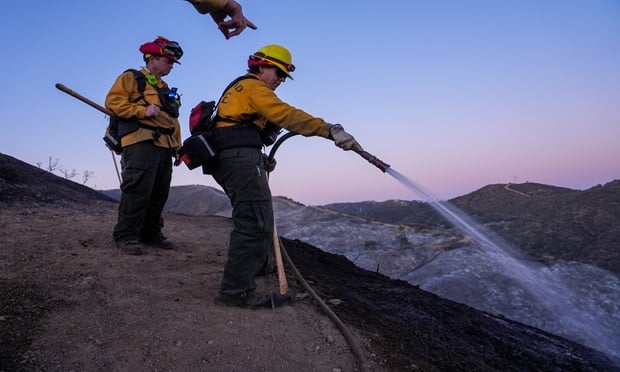Problems Underwriting Terrorism Outlined
By Mark E. Ruquet
NU Online News Service, May 1, 11:11 a.m. EST ?Traditional primary insurers must discover a new way of underwriting to cope with the unpredictable nature of terrorism risk, a group of insurance leaders advised an industry conclave.
The executives, from insurance segments concerned with regulation, evaluation and underwriting, spoke at the Alliance of American Insurers 80th annual convention in Hamilton, Bermuda, this week.
Their discussion was titled "Responding to Terrorism, the P-C Landscape in the Wake of 9/11."
Terri Vaughan, president of the National Association of Insurance Commissioners and Iowa's Insurance Commissioner, outlined challenges ahead for insurers.
She said the traditional way companies have been writing insurance, by increasing premium until the insured improves the risk, cannot be applied to terrorism.
Questions need to be answered over the type of risk that is being written and if a private risk is to be underwritten differently from a public one. She questioned how insurers will define a "trophy" property in underwriting terms, and how that would be priced.
Alice D. Schroeder, managing director with Morgan Stanley, said, "I don't think terror can be underwritten." Unlike a natural disaster, which insurers are experienced in underwriting, terror can not be geographically zoned for the purpose of underwriting. She also asked what the definition is for a "trophy" property.
"The purpose of terrorism is to provoke fear and to do this in a predictable manner does not provoke fear," Ms. Schroeder observed.
John Andre, vice president for A.M. Best, and Mark Puccia, managing director at Standard & Poor's, both observed that modeling is only as good as the information put into it, and due to the unpredictable nature of terrorism, the industry is in a quandary to figure out how to write it.
The panel of executives ranged the eventual loss from the World Trade Center attack at anywhere from $28 to $40 billion.
Ken A. Crerar, president of the Council of Insurance Agents and Brokers, told the meeting that some terrorism cover is available, but it is expensive and a number of clients are simply doing without. Those who are getting it are obtaining a minimal amount to satisfy financiers, he said.
He also told the group that they should be concerned over the future direction this is putting clients in as more and more turn to the excess and surplus market or set-up captives.
Mr. Crerar observed that when clients move to the captive market it is very hard to get that business back to the traditional market.
Want to continue reading?
Become a Free PropertyCasualty360 Digital Reader
Your access to unlimited PropertyCasualty360 content isn’t changing.
Once you are an ALM digital member, you’ll receive:
- Breaking insurance news and analysis, on-site and via our newsletters and custom alerts
- Weekly Insurance Speak podcast featuring exclusive interviews with industry leaders
- Educational webcasts, white papers, and ebooks from industry thought leaders
- Critical converage of the employee benefits and financial advisory markets on our other ALM sites, BenefitsPRO and ThinkAdvisor
Already have an account? Sign In Now
© 2025 ALM Global, LLC, All Rights Reserved. Request academic re-use from www.copyright.com. All other uses, submit a request to [email protected]. For more information visit Asset & Logo Licensing.








